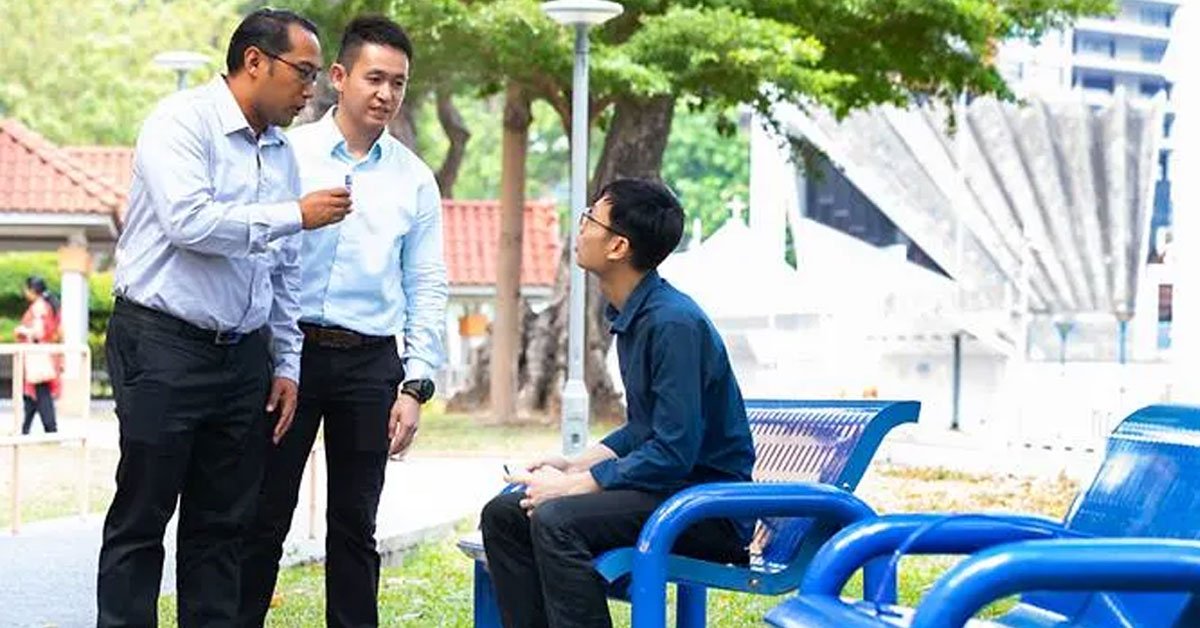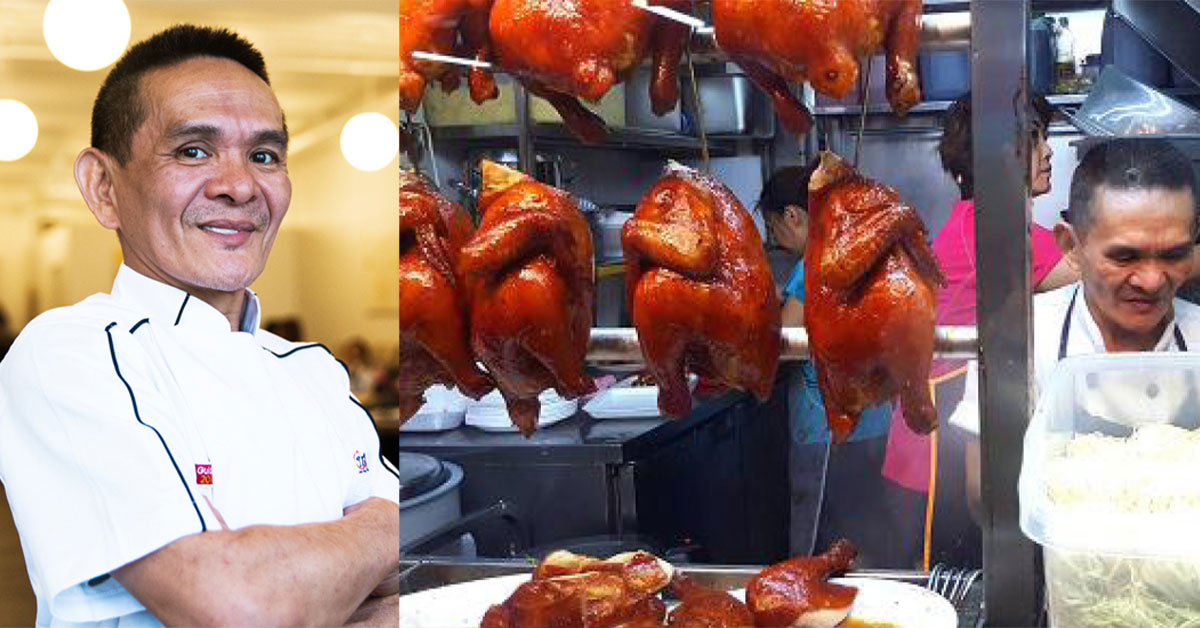The world is in awe of Singapore’s response to the Covid-19 outbreak.
First, researchers at Harvard praised Singapore’s detection methods as “a gold standard of near-perfect detection”.
Then, the World Health Organisation (WHO) said they were “very impressed” with how we’ve responded to the outbreak.
But what exactly are we doing right?
Well, it all starts with contact tracing. And we’re pretty damn good at it.
What is contact tracing?
First of all, what exactly is contact tracing?
According to WHO, contact tracing is the identification and follow-up of persons who may have come into contact with a person infected with Covid-19.
This is a critical part of containing the spread of the virus; rounding up patients who may have been infected.
There are four steps in the contact tracing process:
1. Interview
The hospital which is treating the infected patient will conduct an interview and map the patient’s movements and contacts for the last 14 days.
2. Investigation
The contact tracing teams then call all the people he’s interacted with to get more details of the interaction.
3. Identification
Subsequently, the contact tracing team makes a decision as to whether the person is a close contact and at risk of infection. They will also check if the contact is unwell.
4. Notification
Lastly, if the patient has Covid-19 symptoms, they will be hospitalised as a suspect case. If they are well, then they will be quarantined and observed for two weeks.
The Health Ministry (MOH) started contact tracing as soon as the first case in the cluster was confirmed, but because the number of cases kept growing, they employed the Singapore Police’s Criminal Investigation Department.
Join our telegram channel for more entertaining and informative articles at https://t.me/goodyfeedsg or download the Goody Feed app here: https://goodyfeed.com/app/
But it’s not just the Ministry of Health
The CID has been involved due to its investigative expertise.
According to CNA, an average of 50 police officers work on contact tracing every day. This number can even be scaled up to 100 if necessary.
Once MOH comes up with an activity log, it’s up to the CID to follow up with the individual and his close contacts to fill in the gaps.
And they’re incredibly thorough with their tracing.
SPF Does Contact Tracing So Thoroughly, They’ve Looked for People Who Sat Beside COVID-19 Confirmed Cases in Cinemas
In one particular instance of contact tracing, one officer had to track down two individuals who had sat near Case 48 in a shopping mall cinema in Orchard.
Case 48 is a 34-year-old man linked to the Grace Assembly of God church cluster. Before he was admitted at the NCID, he visited shopping mall Plaza Singapura and Fusionopolis in One North.
Sergeant (SGT) Loh Seng Hong, 33, who works in the Crime Strike Force at the Orchard Neighbourhood Police Centre, said he had received cinema staff CCTV footage showing the faces of Case 48’s contacts, based on ticket details and cameras at the booking counters.
But it wasn’t that simple.
SGT Loh discovered that the footage displayed a time code that was faster by five minutes, and hence confirmed he had the wrong people.
Because of this, SGT Loh and his associates had to look through the mall’s CCTVs and even had to follow the contact’s movements when they went for dinner.
Due to his five years of experience, SGT LOH said it’s easy for him to identify individuals.
“We’ve looked through a lot of CCTVs,” he said. “We have picked up the skills. Even by the walking patterns of individuals, we are able to identify them.”




